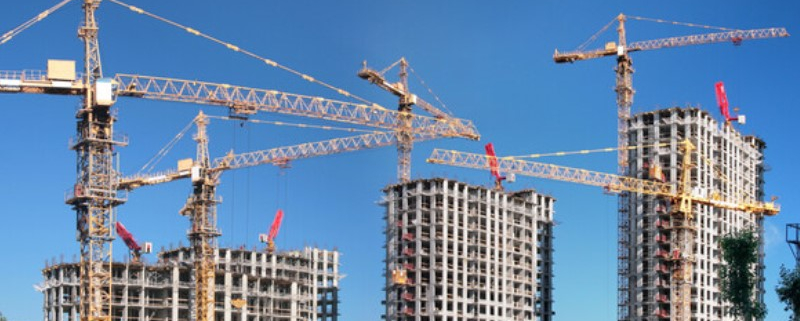In the 2022 US housing report from the National Association of Realtors and Move.com, which operates Realtor.com for the NAR, the big news is more of the same. The market is now, by their count, 6.5 million new single-family homes short of population and household formation growth. For multifamily, that turns into good economic news.
It’s impossible to look at multifamily independent of single-family homes because the two markets are intertwined with household formation. Between 2012 and 2022, there were 15.6 million household formations in the US, according to NAR, with nearly 2.1 million last year.
As formations happen, they need to live someplace, but there aren’t enough traditional single-family homes. During those 10 years between 2012 and 2022, 9.03 million single-family homes were started, with 8.5 million completed. That would be a 7.1-million-unit gap. There were also 4.2 million multifamily unit starts and 3.4 million completions.
The home ownership rate oscillates between about 63% and, at its high point in the fourth quarter of 2004, 69.2%. The current level is 65.9%. That should have meant more like 10.3 million completed single-family homes.
The market gap is where multifamily provides something of a stopgap. As NAR noted, “The gap between single-family home constructions and household formations grew to 6.5 million homes between 2012 and 2022. However, including multi-family home construction reduces this gap to 2.3 million homes.”
However, there weren’t enough multifamily units created to accommodate 34.1% of the housing volume, which would be 5.4 million, far more than the 3.4 million delivered.
This is where the market turns interesting. In 2022, multifamily unit construction increased, “reaching 35.1% of all housing starts by the end of the year, a level not seen since 2015.” That is a rate at which the housing market could begin to catch up and hit a sustainable stride.
Looking at the NAR analysis, over the 10-year period, 340,000 multifamily units were delivered per year on average. A recent research brief from CBRE projected that 716,000 multifamily units will reach the market within the next 24 months, or 358,000 a year, or a roughly 5.2% increase over the baseline. That’s an improvement, but not enough to catch up in the short run.
“If only single-family homes are considered, the rate of housing starts would need to triple to keep up with demand and close the existing 6.5 million home gap in 3 to 4 years” NAR wrote. “However, if the rate of total (multi- & single-family) housing starts increased by 50% from the 2022 rate to an average rate of 2.3 million housing starts per year, a pace of construction on par with what we saw in the early 1970s and some of the peak months for building in the mid-2000s, it would take between 2 and 3 years to close the existing 2.3 million home gap, assuming the 2012 – 2019 average rate of household formations (~1.3 million households per year).”
One lesson for the multifamily industry to take — supported by the fuller CBRE analysis — is that the housing need is so great, worries about an oversupply overwhelming demand and leading to an undercutting of the market are probably unfounded.
Source: GlobeSt.


